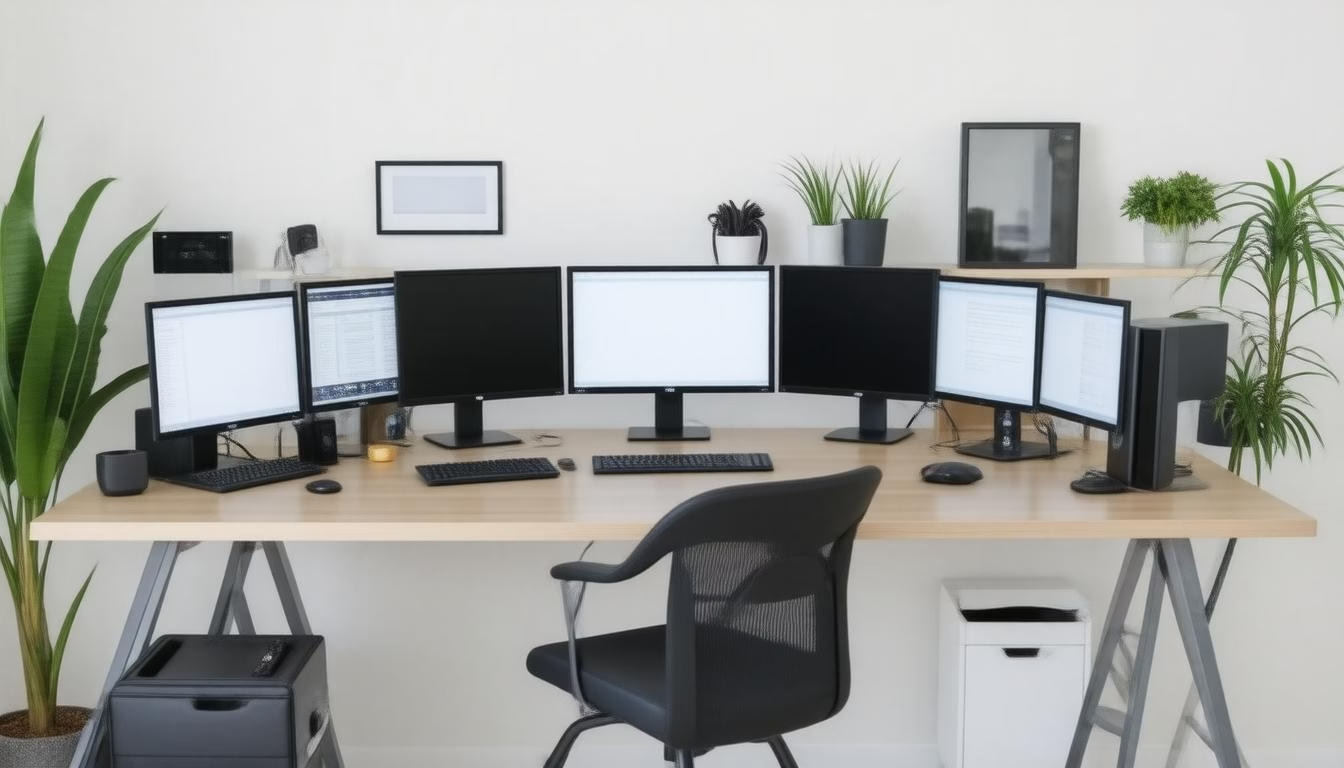#
In today’s tech-driven world, the efficient placement of devices—whether they are computers, servers, or smart appliances—can significantly impact productivity and comfort. Proper device placement is not merely a matter of aesthetics; it affects performance, accessibility, and even energy consumption. This guide explores the principles and practical strategies necessary to optimize device placement in various environments.
Understanding Device Placement
Device placement refers to the strategic arrangement of electronic devices within a specified space. This can be applied in home offices, data centers, classrooms, and even smart homes. The goal is to utilize every inch of space effectively while ensuring that devices operate at their best.
The Importance of Proper Device Placement
- Performance Optimization: Devices such as computers and servers often have specific requirements regarding airflow, proximity to other devices, and physical space. For example, CPUs and GPUs in a distributed computing environment need to be placed optimally to reduce latency and maximize processing power.
- User Comfort: Ergonomics plays a significant role in device placement. In home or office settings, ensuring that monitors are at eye level and keyboards are at elbow height helps reduce strain and enhances comfort during prolonged usage.
- Enhanced Connectivity: For environments relying on multiple devices, such as a smart home or a networked office, ensuring that devices are within range of Wi-Fi routers and have easy access to power outlets is critical for maintaining connectivity and efficiency.
- Energy Efficiency: Strategic placement can minimize energy usage. For example, clustering devices that communicate with each other can reduce the need for extensive cabling and lower energy consumption during data transfer.
Strategies for Effective Device Placement
- Evaluate Space Requirements: Start by measuring your available space and understanding the dimensions of your devices. This will help in planning a layout that avoids crowding.
- Prioritize Heat Management: Devices like servers generate substantial heat. Ensure there is adequate ventilation and avoid placing devices too closely together to prevent overheating.
- Optimize for Accessibility: Arrange devices to make them easily accessible. This includes placing frequently used items within reach and ensuring that power outlets are conveniently available.
- Leverage Technology Tools: Use software solutions to model device placement in large networks, especially in data centers. These can simulate the impact of various placements on performance metrics like latency and throughput.
- Incorporate Flexibility: In dynamic environments, prioritize flexible setups that allow for easy reconfiguration should your needs change. Modular furniture or easily movable carts can help accommodate this flexibility.
Case Studies in Device Placement Optimization
- Home Office Setup: Research shows that individuals working from home benefit from customized office setups that maximize natural light while integrating technology seamlessly. Adjustable desks and strategically placed monitors can boost productivity and comfort.
- Data Center Efficiency: Innovations in device placement strategies for data centers have led to significant reductions in energy costs. Implementing row-based cooling strategies where devices are grouped has proven effective in managing heat while optimizing space.
Conclusion
Mastering device placement is essential for enhancing both efficiency and comfort across various environments. By understanding the nuances of device interactions and the physical layout of your space, you can develop a strategy that maximizes performance and enhances user experiences. Whether in a home office or a data center, effective device management can lead to improved productivity and long-term satisfaction with your technology investments.

